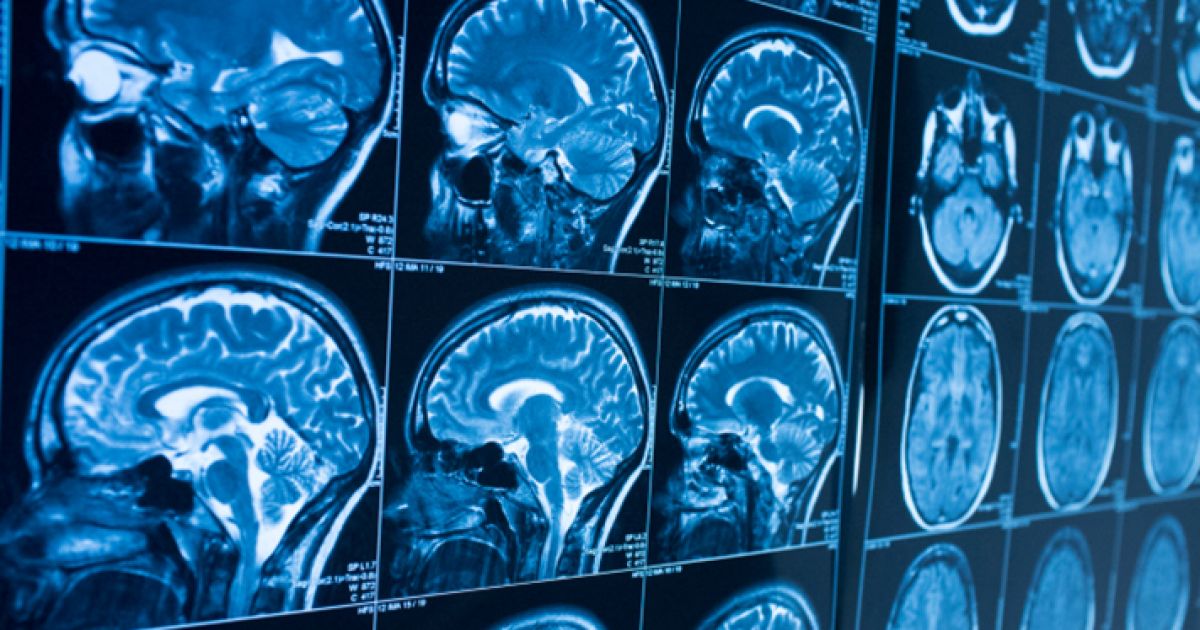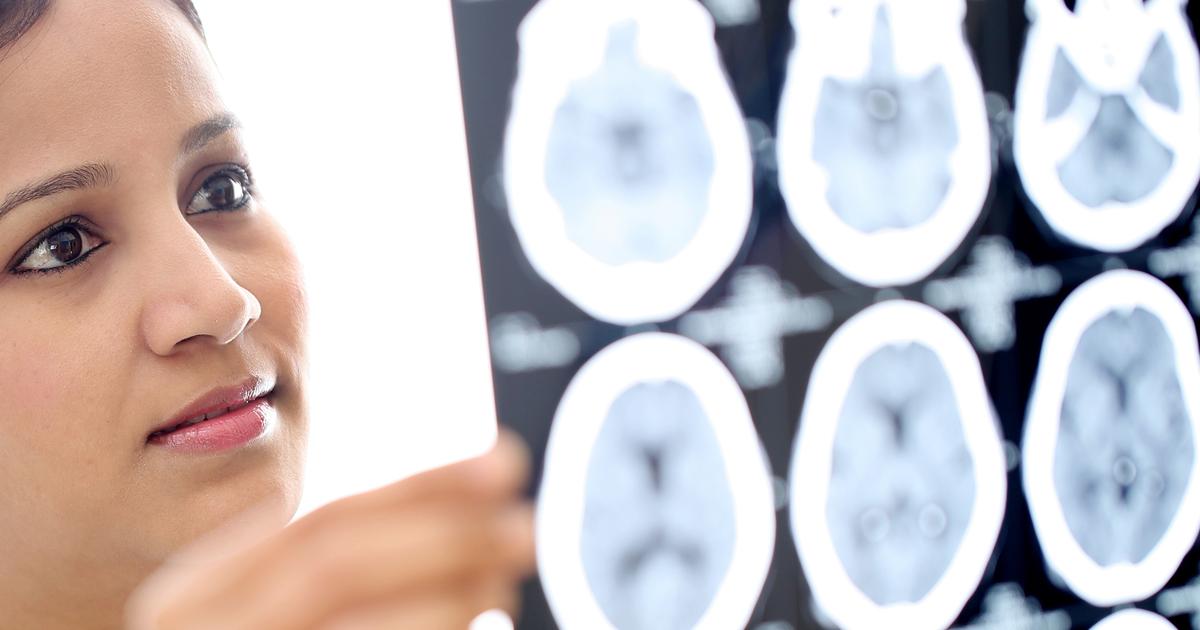What Is Astrocytoma?
An astrocytoma is a type of brain tumor that develops in the specialized brain and spinal cord cells referred to as neurons or astrocytes. Tumors that initially form from the glia cells in the brain are referred to as gliomas, and astrocytes are a type of glial cell in the brain. The most prevalent form of glial tumors are astrocytomas, which comprise half of all diagnosed primary brain tumors. Astrocytomas occur more often in men than in women, and they tend to manifest after the fourth decade of life. The causes of astrocytomas are not currently known, but immunologic abnormalities, genetic abnormalities, stress, diet, exposure to ionizing radiation, certain chemicals, and ultraviolet rays are factors with a contributory role in its pathophysiology. Astrocytomas occur more often in individuals affected by Turcot syndrome, Ollier's disease, Li-Fraumeni syndrome, and neurofibromatosis type-I tuberous sclerosis.
Grading And Types

Astrocytomas are typed and graded based on the different features seen on pathology slides according to how normal or abnormal the cells appear. The different grades of astrocytomas have varying behavior patterns. Pineal astrocytic tumors are a type of astrocytoma that can be any grade and develop in the pineal gland in the cerebellum. Brain stem gliomas are a rare type of astrocytoma that can be any grade and develop in the area where the spinal cord enters the brain. Subependymal giant cell astrocytomas and pilocytic astrocytomas are considered grade I and are most prominent among children. Diffuse astrocytomas are considered to be grade II and slow-growing, but they have the potential to grow into nearby tissue. Anaplastic astrocytomas are considered to be grade III tumors that are fast-growing and spread quickly to neighboring tissue. Glioblastomas are considered grade IV tumors that grow rapidly into nearby tissues and are difficult to treat because they are a blend of various cancer cell types. Over half of all cases of astrocytomas are diagnosed as glioblastomas.
Locations Found

Some types of astrocytomas are characterized by the location in the brain where they are found. Astrocytomas that begin in the tissues that make up the cerebellum are referred to as cerebellar astrocytomas. The cerebellum, a region inside the brain located near the base of the skull, is responsible for the coordination of balance and muscle movements. An optic pathway glioma is a type of astrocytoma that begins in the cells around or in the optic nerve, which is responsible for the transmission of visual information from the eyes to the vision center in the brain. A hypothalamic glioma and thalamic glioma are a type of astrocytoma that begins in the region of the brain referred to as the thalamus. The thalamus is a relay center for an individual's movements and is responsible for the identification of sensations like pain, touch, and temperature changes. The hypothalamus sits just underneath the thalamus and functions to regulate an individual's body temperature, appetite, sleep, and hormone function. A tectal glioma is a type of astrocytoma that forms in the brain stem roof, which is responsible for an individual's heart rate, blood pressure, and breathing rate.
